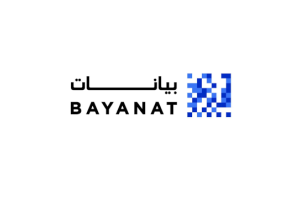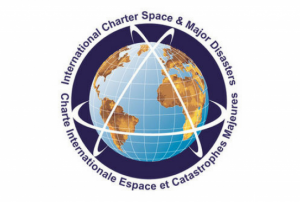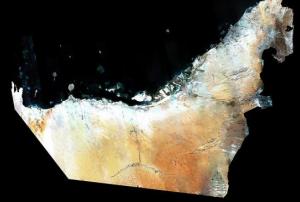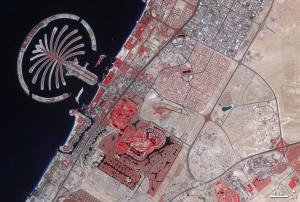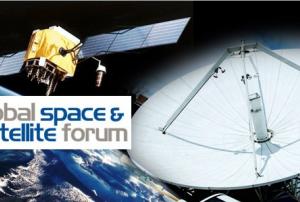The United Arab Emirates has made a significant leap in its space capabilities with the successful launch of its first Low Earth Orbit (LEO) Synthetic Aperture Radar (SAR) satellite. The satellite, developed by Bayanat AI PLC and Al Yah Satellite Communications Company PJSC (Yahsat) in partnership with ICEYE, was launched on 16 August 2024.
This SAR satellite is the first of a planned constellation designed to provide high-resolution, persistent monitoring capabilities. Unlike traditional optical satellites, SAR technology enables continuous observation regardless of weather conditions or lighting, making it a powerful tool for 24/7 Earth observation. This capability is particularly crucial for disaster risk management, as it allows for rapid and accurate monitoring of natural disasters, such as floods, storms, and earthquakes, even in challenging conditions....
more